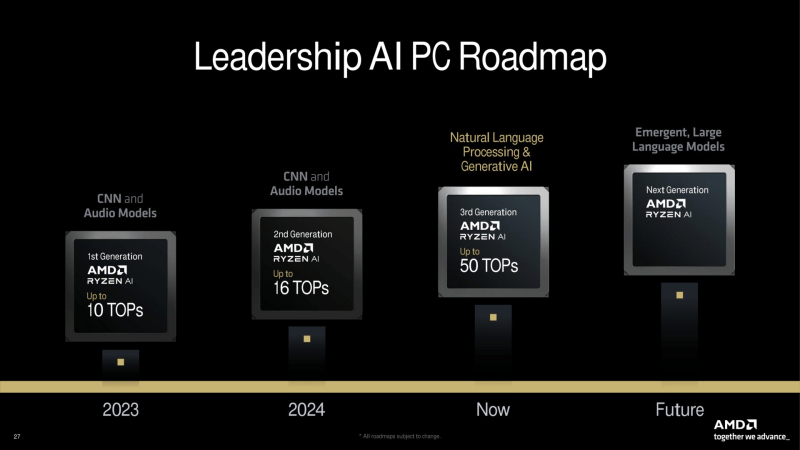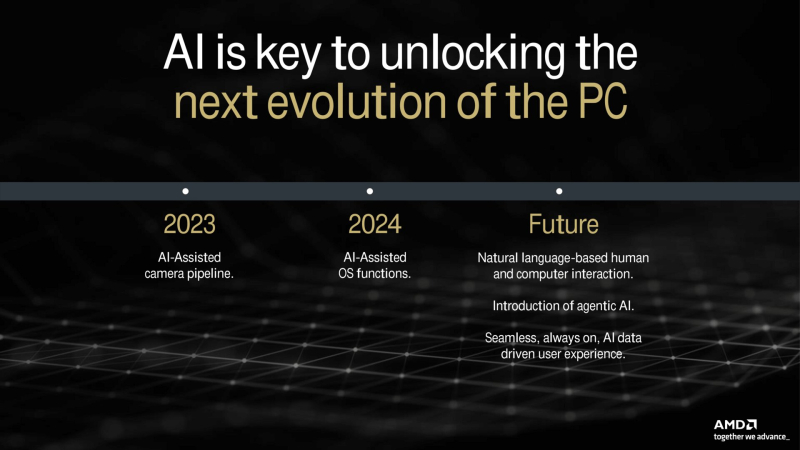As part of the Zen5 Tech Day event, which revealed details about the Ryzen 9000 desktop processors and Ryzen AI 300 mobile chips, AMD also shared plans for the release of future architectures – Zen 6 and Zen 6c.

Image source: AMD
AMD did not even provide approximate timing for the announcement of products based on Zen 6 and Zen 6c, and did not say what technological processes will be used to release these products. However, this is the first time the company has publicly confirmed that the successor to Zen 5 will be Zen 6. AMD CTO Mark Papermaster confirmed that the company is also already developing the Zen 7 architecture. separate team of engineers.
From AMD’s statements, it becomes clear that the Zen 6 and Zen 6c architectures will debut within the Socket AM5 platform. But whether this platform will receive support for Zen 7 chips or whether this architecture will work with completely new boards is unknown. AMD has confirmed that it will provide support for Socket AM5 until 2027 and beyond, guaranteeing compatibility for at least five years.
«We would like to clarify one of the comments made during the engineering roundtable. Then Joe spoke about the AM5 platform supporting four generations of CPUs. As we previously announced at Computex, we are committed to supporting the AM5 platform through 2027,” AMD said.
There are 41 months left until the end of 2027. The transition from Zen 4 to Zen 5 took the company 22 months. If AMD is going to stick to the same cycle of launching new architectures, then Zen 6 will receive support for AM5, but Zen 7 may debut on a new platform.

According to the ComputerBase portal, the new generation platform (probably called AM6) will be presented simultaneously with the transition to DDR6 RAM and the PCIe 6.0 interface.

There are no official details about the Zen 6 architecture. According to rumors, processors based on it will also use integrated graphics on the new RDNA 5 architecture. The latter should provide a significant increase in performance compared to RDNA 2, which is used in the latest Ryzen 9000 desktop processors. The new architectures will also focus on Acceleration of AI tasks: the advent of agented AI, constant access to AI functions, support for large language models, and much more.